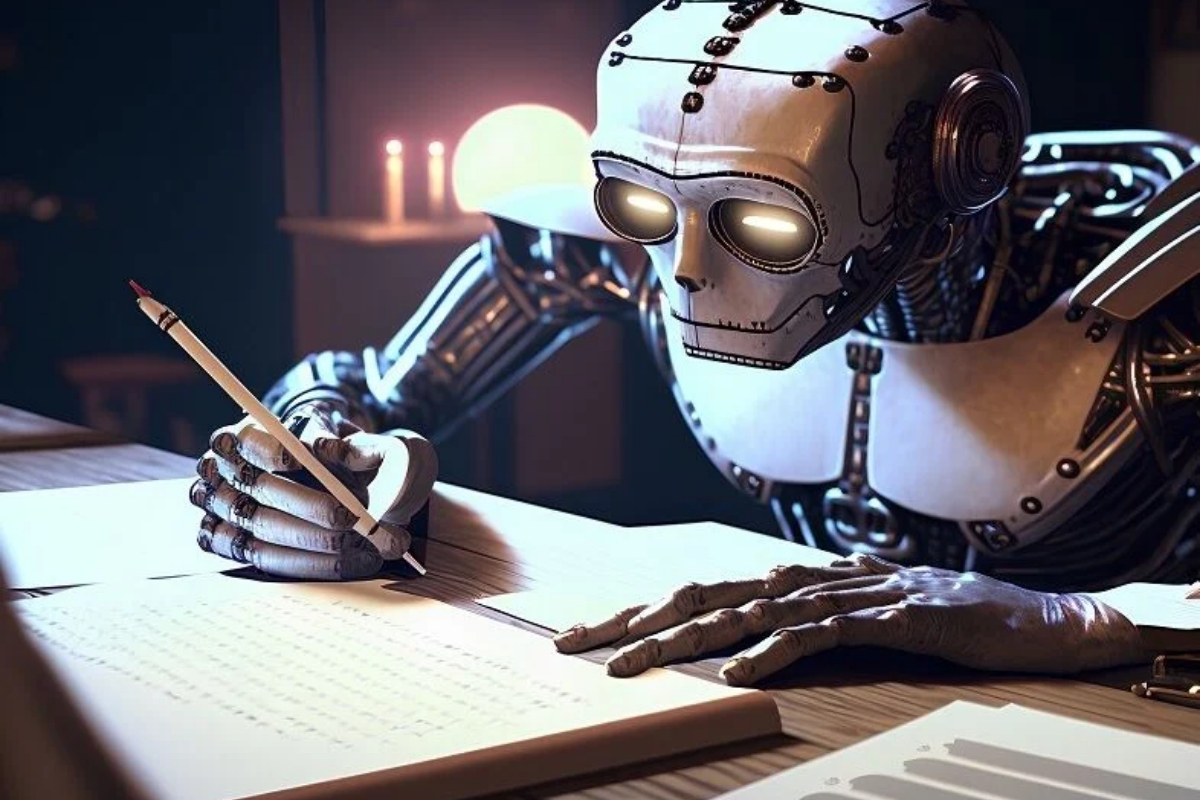- AI can create misleading content, harming journalism’s credibility.
- AI lacks human ethical judgment, risking biased reporting.
- AI threatens journalist jobs, leading to unemployment.
Artificial Intelligence (AI) has gained immense capabilities across various domains, including data analysis, image recognition, natural language processing, and more.
Its applications span fields like medicine, education, entertainment, and journalism. While AI offers advantages, it simultaneously presents substantial threats to the quality, ethics, and authenticity of journalism. In this editorial, I contend that AI should not be integrated into journalism, advocating for human journalists as the primary source of news and information.
A fundamental reason against employing AI in journalism is its potential to compromise the credibility and trustworthiness of news. AI can generate fake news, manipulate facts, and disseminate misinformation. For instance, in 2020, a website leveraged an AI system known as GPT-3 to create counterfeit news articles on various subjects.
While the website claimed to be a satire project, some articles were so convincing that they could deceive unsuspecting readers. Additionally, AI can fabricate deepfakes, synthetic videos or images that depict individuals doing or saying things they never did. Deepfakes can be used for defamation, blackmail, or swaying public opinion.
Another compelling argument against AI in journalism is its potential to erode the core values and principles of journalism. Journalism isn’t merely about reporting facts but also entails providing context, analysis, interpretation, and commentary. It involves holding those in power accountable, exposing corruption, and advocating for social justice.
These essential functions require human judgment, empathy, and ethical considerations—qualities AI lacks. AI cannot comprehend the subtleties, implications, and repercussions of the stories it generates. It cannot discern right from wrong or truth from falsehood. It cannot respect the rights and dignity of the sources and subjects of its stories or adhere to the ethical codes and professional standards followed by human journalists.
A third rationale against AI in journalism is the threat it poses to the livelihood and identity of human journalists.
AI can replace humans in numerous journalistic tasks, including writing headlines, summaries, reports, and even complete articles. AI can generate content faster, cheaper, and more efficiently than human journalists, potentially leading to job losses, reduced wages, and limited opportunities for human journalists.
Furthermore, AI’s integration may diminish the role and significance of human journalists in society. Human journalists are not mere conveyors of information but also storytellers, educators, watchdogs, and influencers. They possess a unique voice, perspective, purpose, passion, curiosity, and creativity that AI cannot replicate.
[embedpost slug=”/southgate-defends-using-foden-in-wide-position/”]
To stay informed about current events, please like our Facebook page https://www.facebook.com/BOLUrduNews/.
Follow us on Twitter https://twitter.com/bolnewsurdu01 and stay updated with the latest news.
Subscribe to our YouTube channel https://bit.ly/3Tv8a3P to watch news from Pakistan and around the world





















